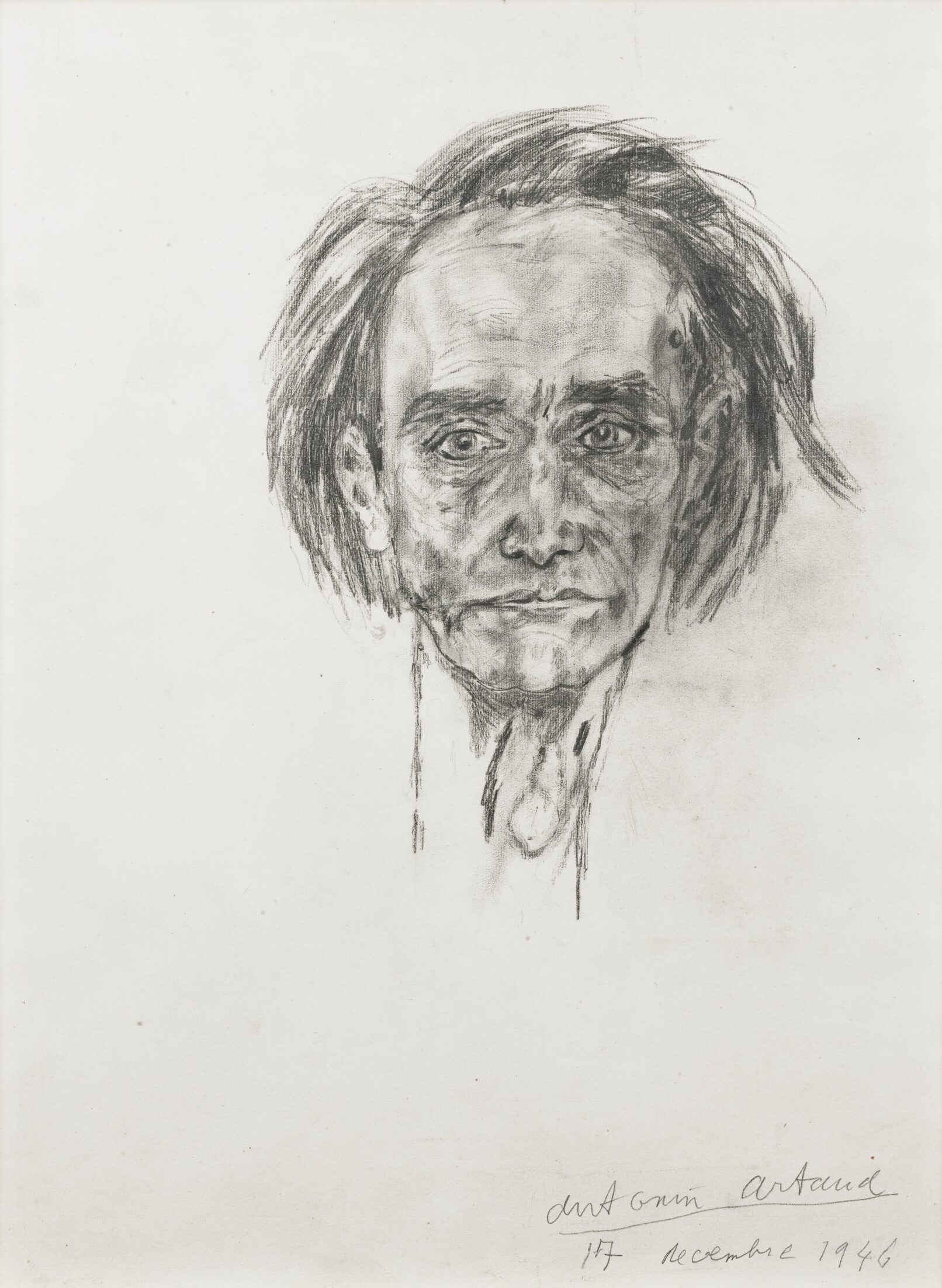Artaud’s Contagious Cries: Virtuality as Aurality
Erfani, Amin (2023) “Artaud’s Contagious Cries: Virtuality as Aurality,” Discourse: Journal for Theoretical Studies in Media and Culture: Vol. 45: Iss. 1, Article 5.
Abstract:
In “Theater and the Plague” (1933), Antonin Artaud contends that theater, “when injected into the body of society, destroys it.” Rather than mimicking life, theater acts as a cataclysmic event that generates it through a process he calls the “return of the repressed”: the advent of the unpredictable other, which disrupts signifying structures and pre-established categories of representation. The Theater of Cruelty, neither sheer technical contrivance nor mere natural phenomenon, thus unsettles foundational dichotomies at the heart of Aristotelean precepts – techne versus physis, the technologicalversus the biological, art versus life – and establishes itself as a generative supplement to those binaries. Its mode of communication, distinct from narrative discourse and mimetic processes, proves to be rather one of virtual contamination, which Artaud describes as “psychic” and “oneiric.” The recording of his strident cries and glossolalia, in his censured 1948 radio broadcast “To Have Done With The Judgment Of God,” demonstrates that virtual contagion primarily occurs in an aural mode, most evident within the augmented field of new media technology.
Keywords:
Antonin Artaud, Theater, Radio, New Media, Plague, Contagion

